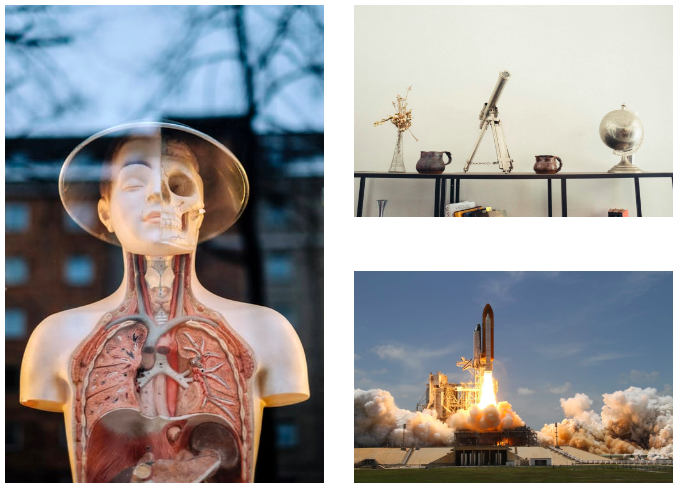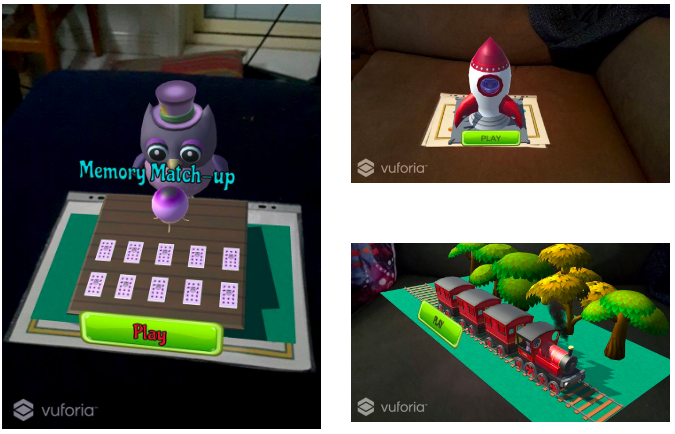|
Too much homework can do more harm than good. A child is more likely to stress about meeting a deadline rather than understanding the material. On the other hand, too little homework means the child is not being challenged enough. An educator’s intentions are in the right place, they want the child to learn, but is repetitiveness and worksheets for homework the way to go? Homework should build on what is learnt rather than replace the learning. It should not be boring or tedious; it should be motivating and applicable to real life situations. This blog will highlight how Aurora Reality’s education app aims to change the way students learn STEM subjects and how it will benefit its consumers. How did the idea come about? Firstly, STEM stands for Science, Technology, Engineering, and Mathematics. It is the very basis of our lives and without it, we would not know the details of our physical surroundings. The science of the human body, plants, animals, diseases, as well as outer space, galaxies, and the universe, the technologies like computers and mobile phones, the engineering and design of roads, transportation, buildings, and the mathematics needed for banks and business are essential for everyday life on Earth. And in addition, it is also essential for our future. From experience and observations at school, STEM subjects can be very factual and uninteresting for some. Because it is essential to humanity’s future growth, there is a demand for new ways to teach STEM. Growing up with technology has made life not only easier, but fun. That is when we decided that teaching STEM subjects using Augmented Reality (AR) can be made fun for students. Furthermore, not all students have the same learning style as their classmates. An introduction of an AR app can be beneficial to students who prefer a technological and practical learning style. Benefits for consumers It’s the cheaper option Currently, schools are adopting, or have already adapted, technologies such as computers and smart-boards (though, smart- boards are becoming a thing of the past). This is excellent because it helps students prepare for their careers. Many business are dependant on technology, therefore, a young start is beneficial. However, this can become a very expensive option for schools and educators. From this knowledge, Aurora Reality decided to develop an education-based app through Augmented Reality. Augmented Reality is another technological option for educators that can be accessed from a mobile phone or tablet with a camera. Thus, this makes it, not only a cheaper option, but very portable and easy to use. Students can simply points their device (which picks up certain targets) and then images and/or animations are projected in front of them through their screens. It’s motivating for students and learners The aim is to use this program alongside formal teaching. Homework or classroom teaching will no longer have to be boring or tedious for students because AR can elicit excitement and curiosity in learning. Doing one thing for even 30 minutes can lose the interest of half the class. Simply put, AR ‘spices things up a little’. The introduction of an educational Augmented Reality application does not devalue the use of pen and paper, but it is a new and interesting way to learn. It intrigues young minds and in turn, motivates them to ‘play’ and discover more with Augmented Reality. Features of the product Works with teachers As we have previously stated in this blog, this app does not intend to replace educators and other forms of formal learning; in fact, it aims to work alongside teachers, parents, and tutors who will use this as an essential tool in the learning environment. At the moment, we are working on an Early Stage 1 mathematics unit but plan on expanding into other year groups as well as other subject areas. To cover the variety of knowledge, we aim to have a mix of drill-like questions as well as critical thinking questions. Teachers and parents alike can use this app as a learning resource in their teaching. Uses Australian Curriculum Throughout the development of each game/level, we use the Australian curriculum as a guide to what questions to set. Therefore, schools in Australia can use the program alongside the teaching done with classrooms (or at home for those being home- schooled). However, the use of an Australian Curriculum does not prevent it being used in other countries across the globe. The questions set within each exercise book (see below) target a specific year level (eg ages 5-6) at a time, therefore, anyone within this age group can use it. Includes an exercise book To be able to use the Augmented Reality feature on the app, an exercise book is provided. The exercise book will contain the images for AR and instructions for parents and teachers on how to play. We plan on selling these books in stores and making the app free to download. What now for Aurora Reality? We have almost finished the first unit of Early Stage 1 (ages 5-6): “number”. Once we have completed this unit, we plan on doing focus group activities at local schools with our product. This will allow us to analyse what both children and teachers like and dislike, what they want in the game, and what improvements are needed. From the feedback, we will attempt to change (or not change) things for the consumer. So, whether you’re a teacher, a tutor, or even a parent who is home-schooling their child, this app will be affordable and it will simply be a fun way for them to revise and learn. Aurora Reality
1 Comment
Education is a powerful tool. It is a gift that no one can take from you. The team at Aurora Reality understands this fundamental value and are currently in the process of developing an educational app for Augmented Reality. Why make an educational app? Traditionally, when one thinks of learning, they think of a school; an orderly classroom with desks, and a teacher at the chalkboard or whiteboard. In society, the role a teacher takes on is an educator, and their task is to reproduce cultural norms and traditions to future generations. At the moment, we are at a liminal stage in which technology is used in some schools and not in others. This is due to the age gap between some teachers and students. Let’s put yourself into the teacher’s shoes – he or she did not have technology in their school and thus, they are less likely to reproduce (i.e. teach) future generations using technology. Therefore, the cultural norm being reproduced by current teachers is one that is hesitant towards an over-use of technology. However, in today’s society, technology is finding its way to even the youngest people which educators find distracting and not ‘normal’.
But what if it can be the new ‘normal’? As time moves forward, we want the best for the next generation and we want to see humanity improve and advance itself. As a solution to having technology in classrooms, instead of trying to teach children to adapt to the traditional learning style, why not adapt to the student’s upbringing. Technology doesn’t have to hinder learning, in fact, it can be used enhance it! Making an educational app focused on STEM (science, technology, engineering, mathematics) subjects can be advantageous in enhancing the current learning done at schools in a new and fun environment.
Following the curriculum The aim Aurora Reality has is to create an educational app that complements school learning. By implementing the latest technology in children’s education, we not only hope to create a new ‘norm’ but to improve the next generation. Being based in Australia, and more specifically, New South Wales (NSW), we started following the NSW Board of Studies Curriculum when creating out content. Using a curriculum allows the app to be structured as well as complement classroom learning. However, not long into development we realise that each state has a slightly different curriculum. If the app is to target all Australian students, a broader curriculum is needed. Fortunately, the Australian Curriculum website “sets the expectations for what all Australian students should be taught” and from now on, we will be following the Australian Curriculum. Aurora Reality |
About the blogThis page will host stories about the development of our products. ArchivesCategories |



 RSS Feed
RSS Feed